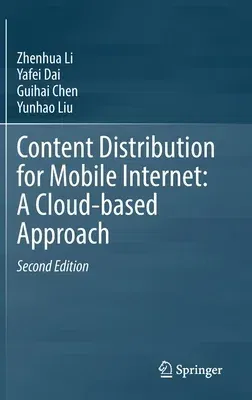Content distribution, i.e., distributing digital content from one node
to another node or multiple nodes, is the most fundamental function of
the Internet. Since Amazon's launch of EC2 in 2006 and Apple's release
of the iPhone in 2007, Internet content distribution has shown a strong
trend toward polarization. On the one hand, considerable investments
have been made in creating heavyweight, integrated data centers
("heavy-cloud") all over the world, in order to achieve economies of
scale and high flexibility/efficiency of content distribution. On the
other hand, end-user devices ("light-end") have become increasingly
lightweight, mobile and heterogeneous, creating new demands concerning
traffic usage, energy consumption, bandwidth, latency, reliability,
and/or the security of content distribution. Based on comprehensive
real-world measurements at scale, we observe that existing content
distribution techniques often perform poorly under the abovementioned
new circumstances.
Motivated by the trend of "heavy-cloud vs. light-end," this book is
dedicated to uncovering the root causes of today's mobile networking
problems and designing innovative cloud-based solutions to practically
address such problems. Our work has produced not only academic papers
published in prestigious conference proceedings like SIGCOMM, NSDI,
MobiCom and MobiSys, but also concrete effects on industrial systems
such as Xiaomi Mobile, MIUI OS, Tencent App Store, Baidu PhoneGuard, and
WiFi.com. A series of practical takeaways and easy-to-follow
testimonials are provided to researchers and practitioners working in
mobile networking and cloud computing. In addition, we have released as
much code and data used in our research as possible to benefit the
community.

